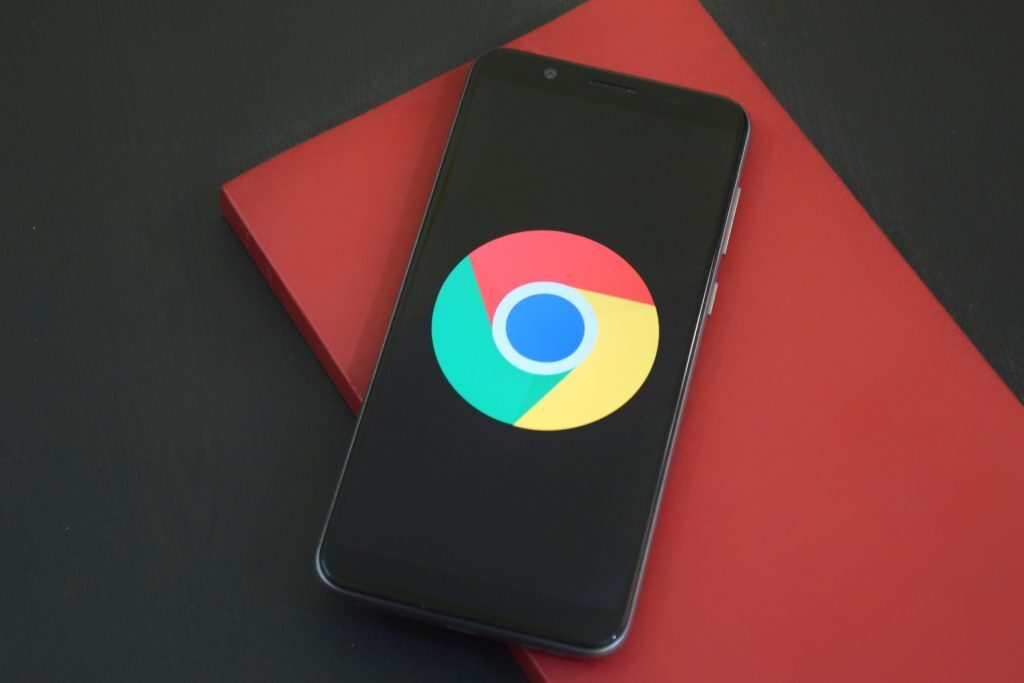It’s well known by now that Google Chrome isn’t particularly kind with its memory usage (ie, it’s a RAM-glutton). Fortunately, this is being addressed in the newest update to the browser.
Chrome’s making things easier for your PC
A post on the Chromium blog by Chrome Product Manager Mark Chang explains that Google is using its own “advanced memory allocator”, PartitionAlloc, to cut down on memory usage across Chrome. PartitionAlloc is “optimized for low allocation latency, space efficiency, and security”, and is now used everywhere on Chrome for Android and 64-bit Windows, and has been able to significantly cut down on memory usage (on Windows, at least).
“In Chrome M89, we’re seeing significant memory savings on Windows — up to 22% in the browser process, 8% in the renderer, and 3% in the GPU. Even more than that, we’ve improved browser responsiveness by up to 9%,” says Chang.
Additionally, the browser is now more efficient when it comes to using and discarding memory. The browser can now reclaim up to 100MiB per tab, by getting rid of memory that isn’t actively being used. For example, images or videos that have been scrolled past but aren’t actively in view anymore.
As for macOS, Google’s refining its browser there in similar ways. It’s managed to cut memory usage by 8%, which is worth 1GB of memory in some cases. Furthermore, by using “Tab Throttling” on inactive pages, Google has managed to improve Apple Energy Impact scores on background pages by 65%, keeping your Mac cooler and those fans quiet.
And what about mobile?
As for phones, Chrome’s getting a lot of improvements there too. By using “App Bundles” on Android, Google has managed to optimise APKs for individual devices whilst packaging resources into split APKs alongside the base one, and has implemented “isolatedSplits” to load these featured splits on demand. This reduces the browser’s overall startup memory cost, and has resulted in a 7.5% faster startup time, fewer crashes, and 2% faster page loads.
Chrome on the newest Android devices has also been rebuilt to provide a faster and more stable experience.
Finally, Google has developed something called “Freeze-Dried Tabs”. Chrome now saves a lightweight version of your tabs that are similar in size to a screenshot, but support scrolling, zooming, and tapping on links,” Chang explains. These tabs are used on startup while the actual tabs load in the background, speeding up page loading.
Chang closes off his post saying that Chrome is always looking to improve, and that more performance updates are on their way soon.




